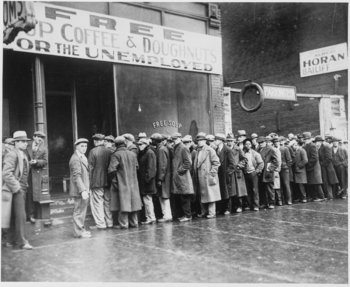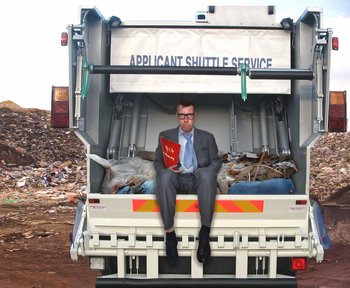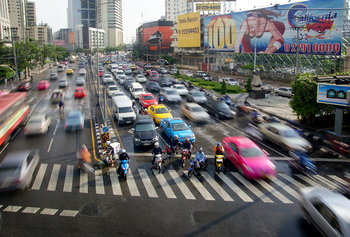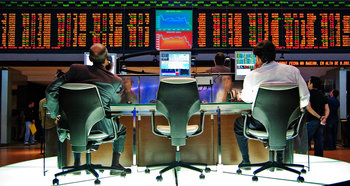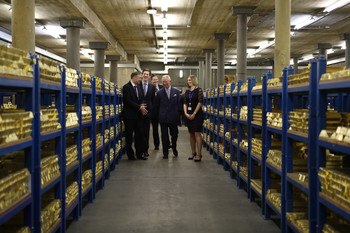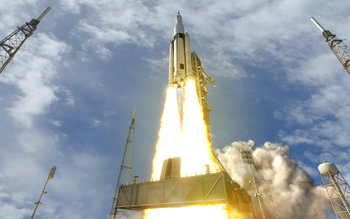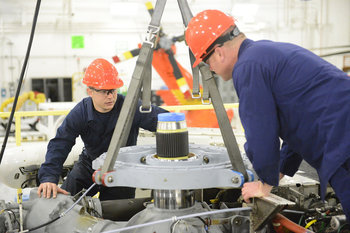|
| |
Stagflation is a period of high inflation, low economic growth and high unemployment. In theory, this should be somewhat rare because inflation is usually driven by economic growth. Stagflation typically results from severe economic mismanagement or over-reliance on a single commodity that makes an economy sensitive to shortages and price increases. The world economy experienced stagflation in the mid-1970s as a result of increases in the price of oil. At the time, economic models struggled to explain the phenomena because inflation and severe recessions were viewed as opposites. Increasing interest rates tends to fight inflation buts hurts economic growth. Therefore, it is difficult to manage stagflation with monetary policy.
Stagflation typically resolves itself because inflation gives consumers incentive to buy quickly as prices are always going up. In the case that stagflation is created by a commodity supply shock, innovation will find ways around the commodity and capital investment will find ways to produce more of it.|
Type | | Definition | A period of high inflation, low economic growth and high unemployment. | Potential Causes | Supply shocksOver-dependence on a single commodity.
A mismanaged economy such as price controls resulting in shortages or an extreme expansion of money supply. | Related Concepts | |
Next: Inflation vs Stagflation
Economic Problems
This is the complete list of articles we have written about economic problems.
If you enjoyed this page, please consider bookmarking Simplicable.
© 2010-2023 Simplicable. All Rights Reserved. Reproduction of materials found on this site, in any form, without explicit permission is prohibited.
View credits & copyrights or citation information for this page.
|



